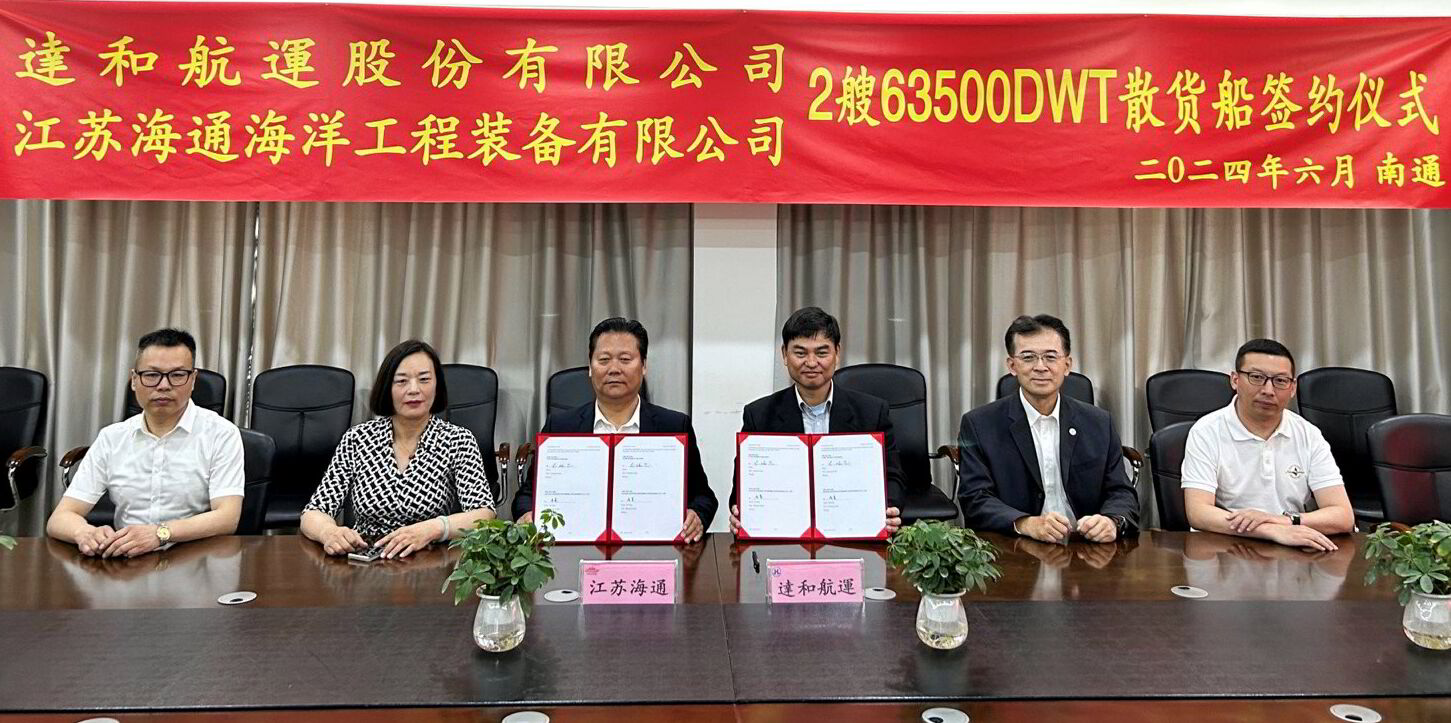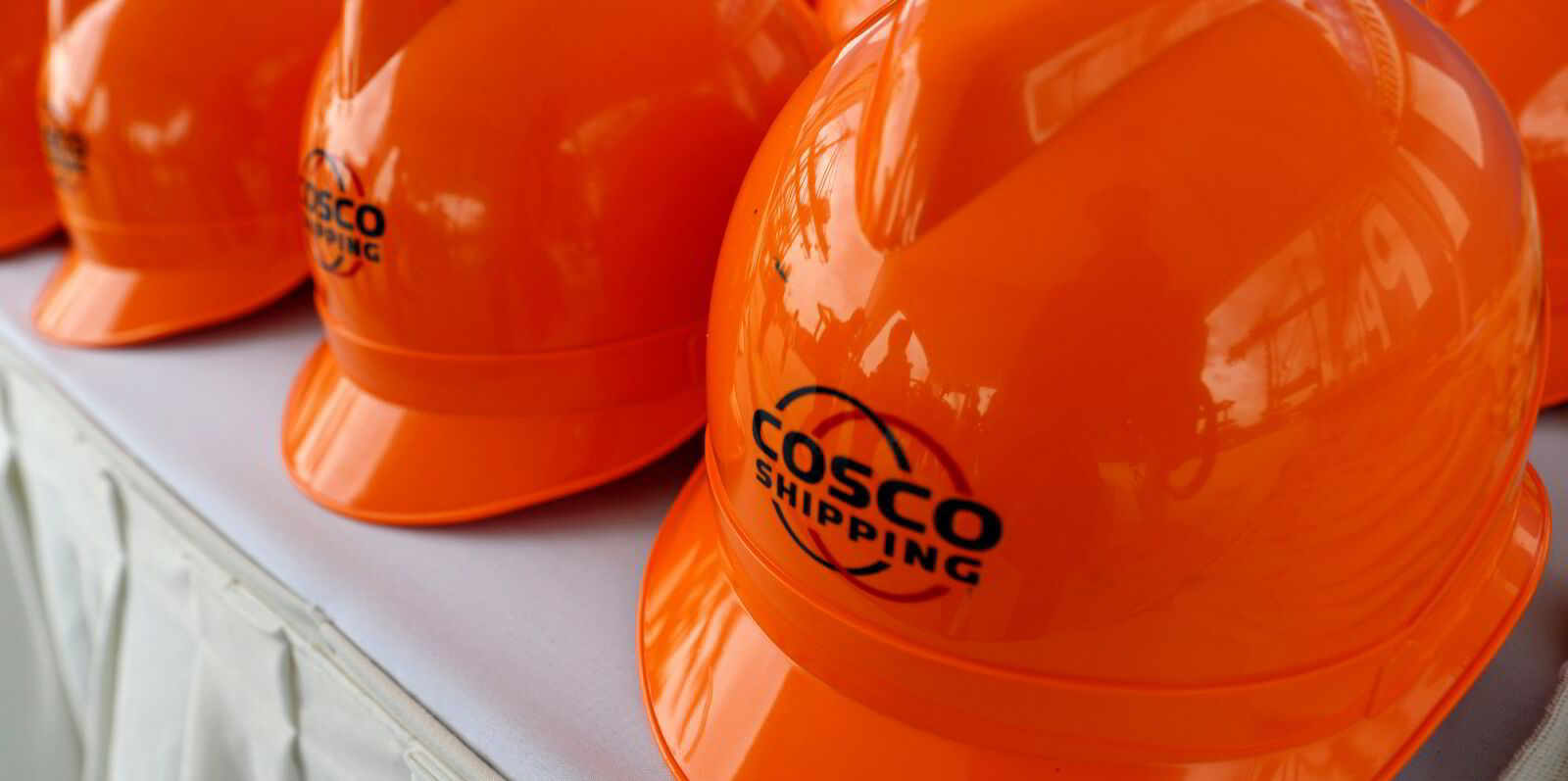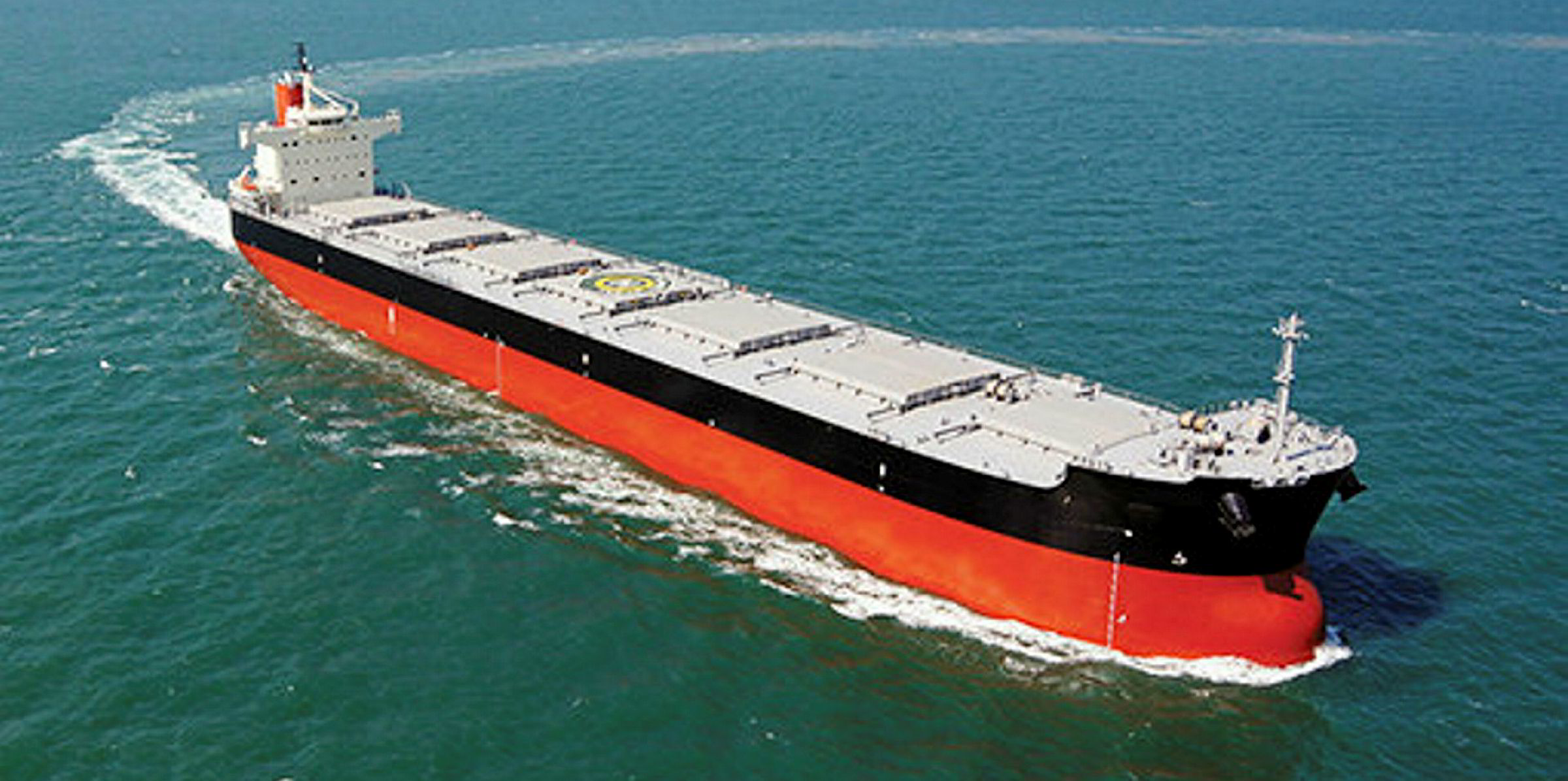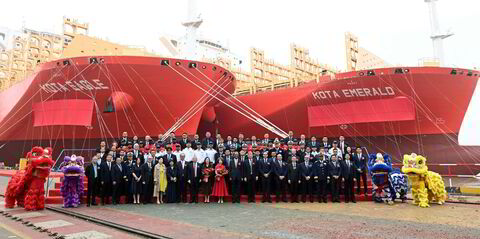Ta-Ho Maritime is the latest Taiwanese shipowner to turn to a Chinese yard for newbuildings.
The shipping arm of Taiwan Cement Corp has broken with its tradition of ordering vessels in Japan and has placed a pair of ultramax bulkers at Jiangsu Haitong Offshore Engineering Equipment.
The 63,500-dwt ships mark Ta-Ho’s entry into the ultramax sector.
It did not disclose the price, but brokers believe it is paying between $32m and $34m apiece.
Jiangsu Haitong is scheduled to deliver the duo in 2026.
Ta-Ho, which has a fleet of 14 ships, including a few barges, is operating seven Japanese-built kamsarmax bulkers and three handysize cement carriers.
It said the ultramaxes would help it expand operations in the low-carbon cement market in Europe, Asia and Africa.
They will be built to meet the Energy Efficiency Existing Ship Index Phase 3 requirements and the International Maritime Organization’s latest NOx Tier III rules.
The new vessels will also be equipped with a deflector and propeller boss cap fins to increase propulsion efficiency and reduce fuel consumption and carbon emissions.
Ta-Ho said the ships are more expensive to build but their operating costs are lower, and they can achieve higher economic benefits in the long run.
“As the global sustainability trend rises, many important international ports may restrict the entry of ships with high energy consumption and high carbon emissions … at this time, environmentally friendly ships will have obvious advantages,” it added.
Ta-Ho has been renewing its fleet since 2015, with a replacement rate of 70%. Its seven kamsarmax bulkers were built between 2018 and 2022.
The company is scheduled to take delivery of a 23,250-dwt cement carrier from Japan’s Onishi Shipyard in the first quarter of next year. It will replace the 23,300-dwt Jui Ho (built 1999).
There is a trend of Taiwanese owners turning to Chinese shipyards for bulkers.
In April, Franbo Lines ordered four ultramaxes at Jiangsu Haitong for delivery next year.
A Franbo official told TradeWinds that his company turned to China because yards in Japan could not deliver the newbuildings until 2027 or 2028.
On top of that, the price for the eco-fuelled ships is competitive.





